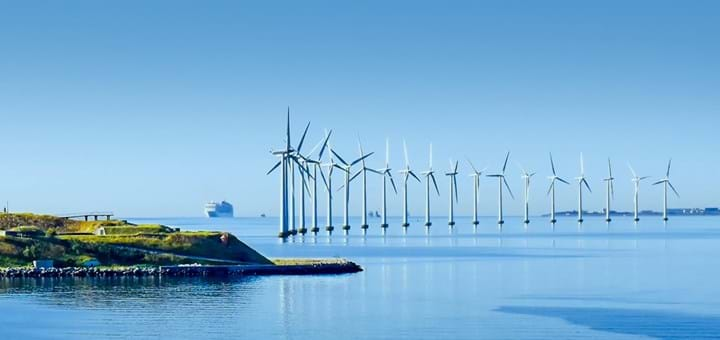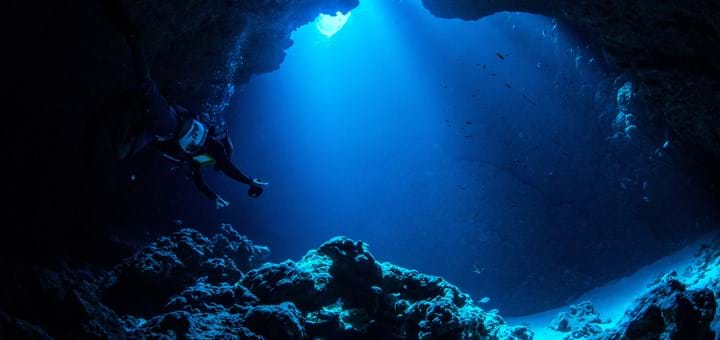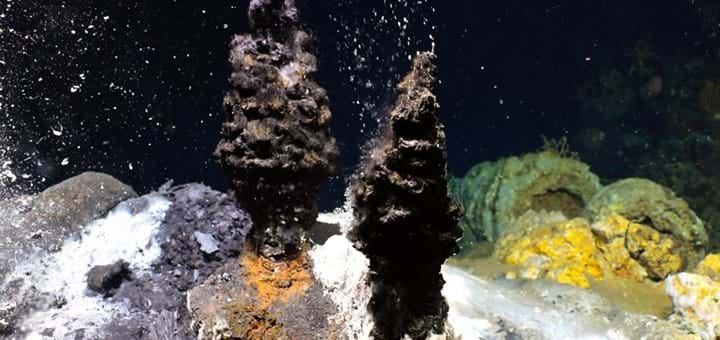EU is Scaling Up for 2050 Climate Goals
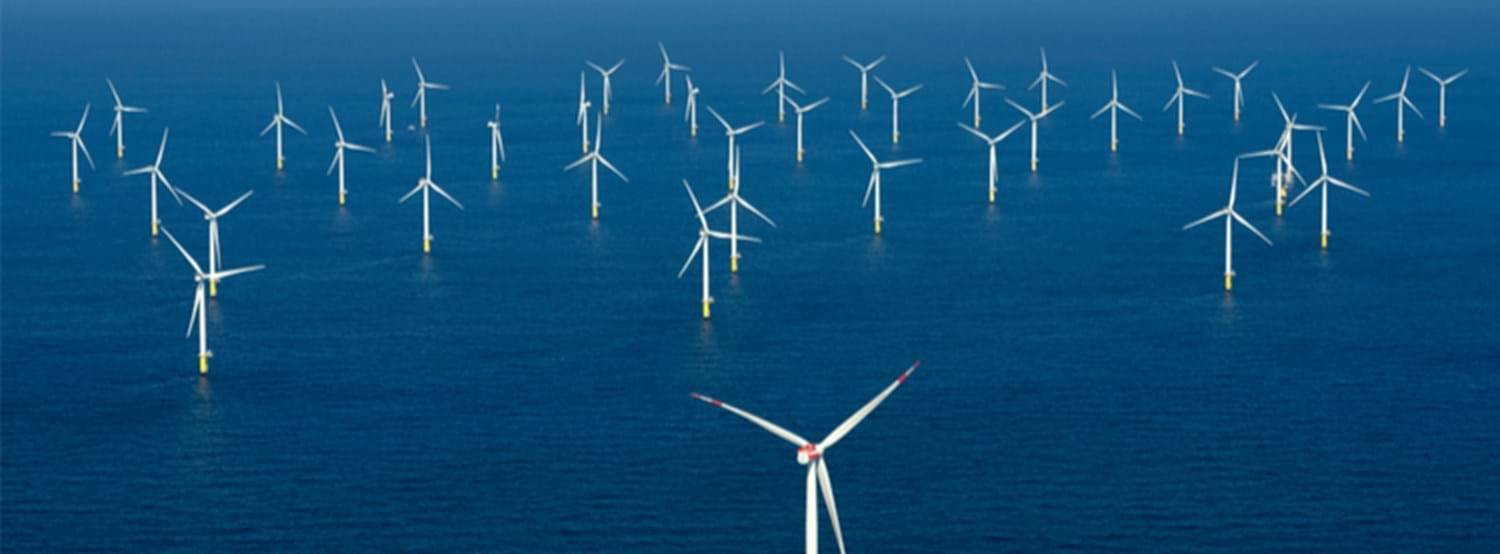
The European Commission plans to multiply the Offshore Renewable Energy production by 30 times to 340 GW to become climate neutral in 2050.
–These ambitious goals from the EU are great news for our cluster members, also in terms of funding for research and innovation, says Karianne Kojen Andersen, EU Advisor for GCE Ocean Technology.
– The strategy will be followed by several possibilities for funding of innovation and technology development both within marine renewable energy, offshore wind and marine minerals in cooperation with European partners. Our companies have strong and relevant expertise in these areas and should really grasp these opportunities, Karianne concludes.

Karianne Kojen Andersen, EU Advisor at GCE Ocean Technology.
The current European offshore wind capacity is 12 GW. As a comparison, the total Norwegian hydro power capacity is 33GW.
The European Commission estimates that the objective to have an installed capacity of at least 60 GW of offshore wind and at least 1 GW of ocean energy by 2030, with a view to reach 300 GW and 40 GW of installed capacity by 2050 is realistic and achievable. The investment needed to do so is estimated at up to EUR 800 billion by 2050.
The Norwegian supply chain needs to be prepared to deliver on this expansion.
A Stronger Supply and Value Chain Across Europe
To achieve the upscaling of capacity to reach 340 GW of offshore renewable energy, the offshore renewable energy supply chain must be able to ramp up its capacity and sustain higher installation rates.
Corrosion resistant materials, wind and ocean turbine manufacturers, tower, foundation, floating devices, sensors, surveillance and cable suppliers will all need investments to expand their production. Hundreds of component suppliers will need to scale up their business.
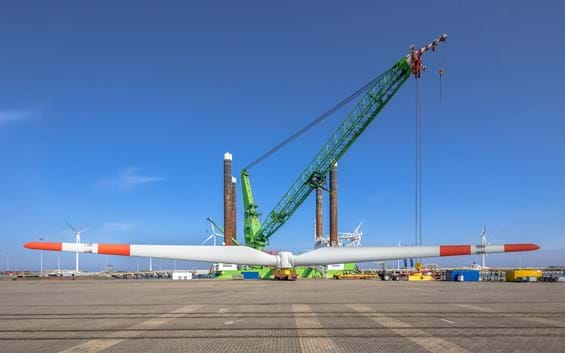
R&D Institutes and the Ocean Industry are rapidly developing a range of technologies to harness the power of our ocean for producing green electricity, from floating offshore wind , to ocean energy technologies such as wave or tidal, floating sun installations and the use of algae to produce biofuels.
The Norwegian Offshore supply chain should be in a good position to use this opportunity to further develop new business areas.
Marine Minerals plays Important Role
The value chains for offshore renewable energy production are dependent on a global supply chain relying on imported rare minerals, for instance rare earths used in permanent magnets.
«As demand for those materials is projected to increase it is necessary to focus on how to ensure undistorted supply, reduce dependency and shorten supply chains», states the European Commission.
«The new European Raw Materials Alliance should help increase supply chain resilience. Improving the circularity of the full supply chain will play an important role in mitigating increased dependencies», they continue.
This could potentially mean that the Norwegian marine mineral strategy needs to be accelerated now.
Rystad Energy published a report on Friday 20 September, to quantify the potential in the Norwegian Marine Minerals market.
- Download the report
- Join our webinar 3 December where the report will be presented by Rystad Energy.
The report was made on assignment from GCE Ocean Technology GCE NODE, GCE Blue Maritime Cluster, Norsk olje og gass (NOROG), Norwegian Forum for Marine Minerals (NMM), Aker and Loke Marine Minerals.
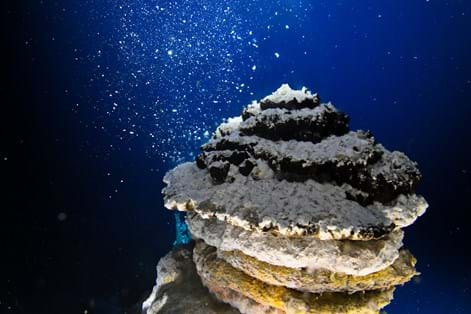
Hydrothermal vent. Photo by K.G. Jebsen Centre for Deep Sea Research UiB.
Global Regions for Offshore Wind
A few weeks ago, GCE Ocean Technology co-hosted an event with Maritime Bergen, G2Ocean and NORWEP to give the highlights from the NORWEP Annual Global Offshore Wind Report.
The report shows that the Offshore Wind capacity installations, investments, and developments continues to grow globally.
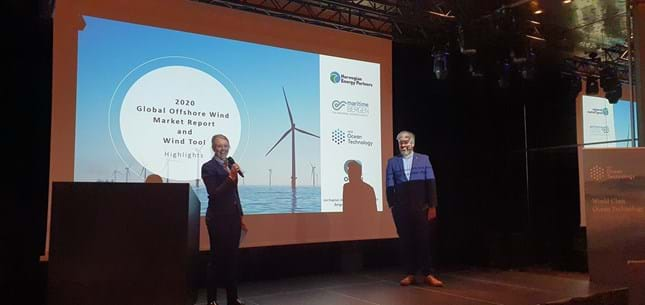
Siv Remøy-Vangen, CEO at Maritime Bergen and Kai Stoltz, Business Development Manager at GCE Ocean Tecnhology co-hosting event with G2 Ocean and NORWEP earlier this year.
Europe remains the largest market, but momentum is building in China, Asia-Pacific and the Americas. The biggest offshore wind portfolio is held by China, but UK is still the largest offshore wind market. China is likely to overtake UK in operational capacity by 2025, according to the report.
The global prognosis shows a potential of 76 GW installed offshore wind the next 5 years to 2025, with an average of approx. 15 GW installed yearly. That could potentially lead to a total expenditure of 245 billion Euro in the next 5 years until 2025, with an average of almost 50 billion Euro per year.
The United States has exciting plans on both the east and the west coast, with a forecast of a total capacity of 34.3 GW installed offshore wind by 2025. The state of Maine has claimed that 1/3rd of their total energy demand will be covered by offshore wind.
GCE Ocean Technology’s strategy involves transferring technology to new markets such as marine renewables and marine minerals which fits well with these new targets from the EU commission.
Contact Information


Webinar on Marine Minerals
Join our webinar 3 December from 15:00 - 16:00 where Rystad Energy will present their report on the Norwegian value creation potential from marine minerals.


